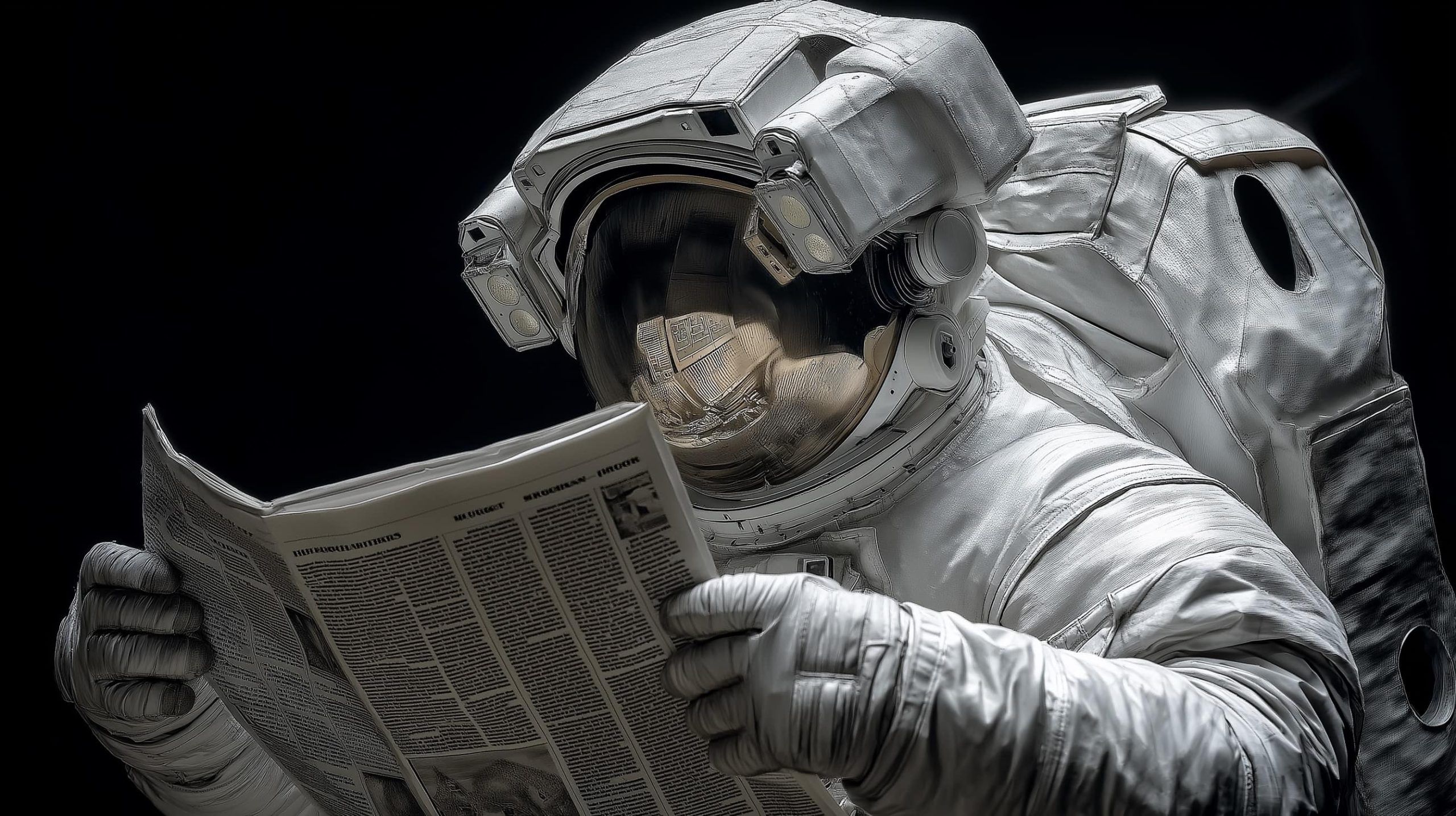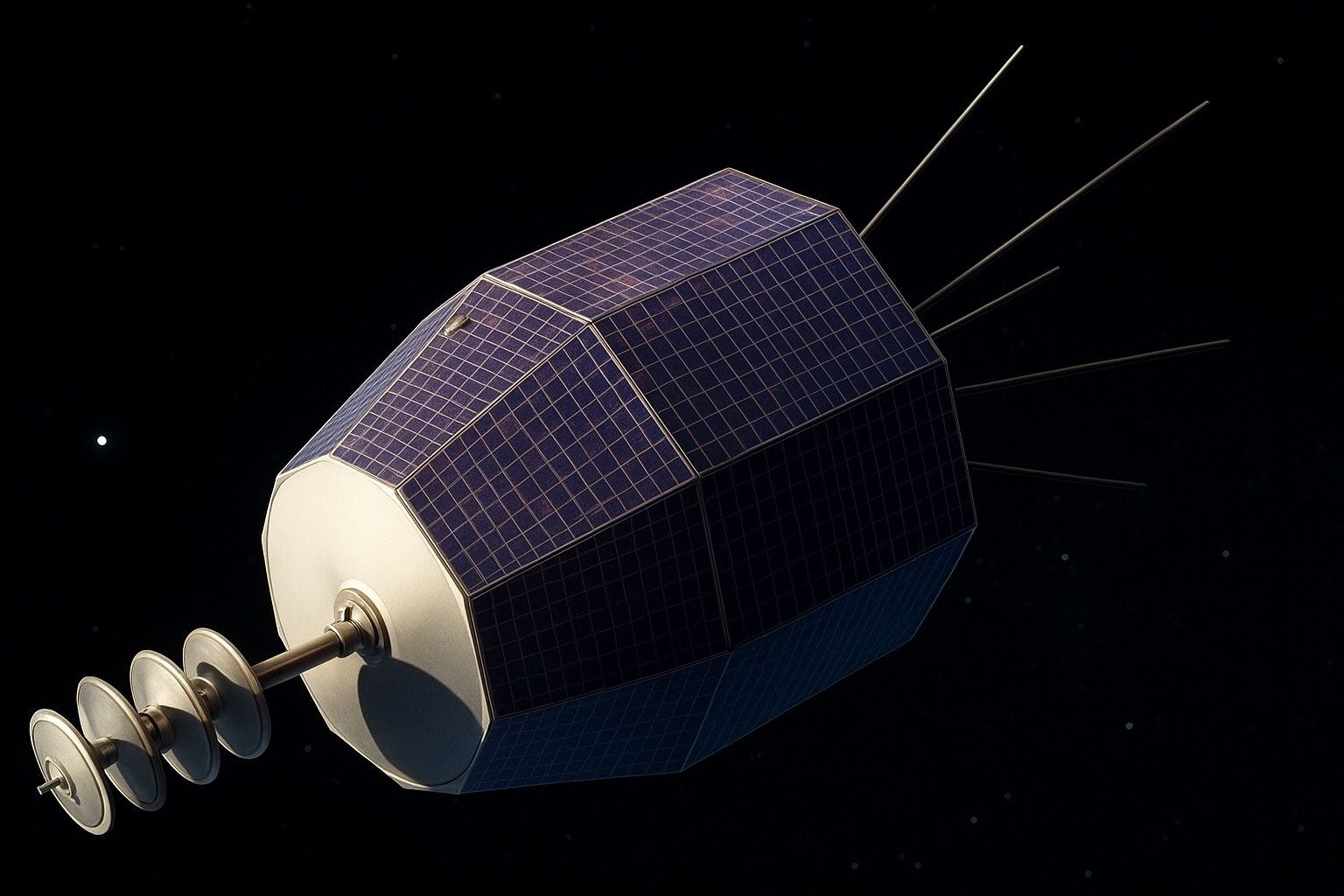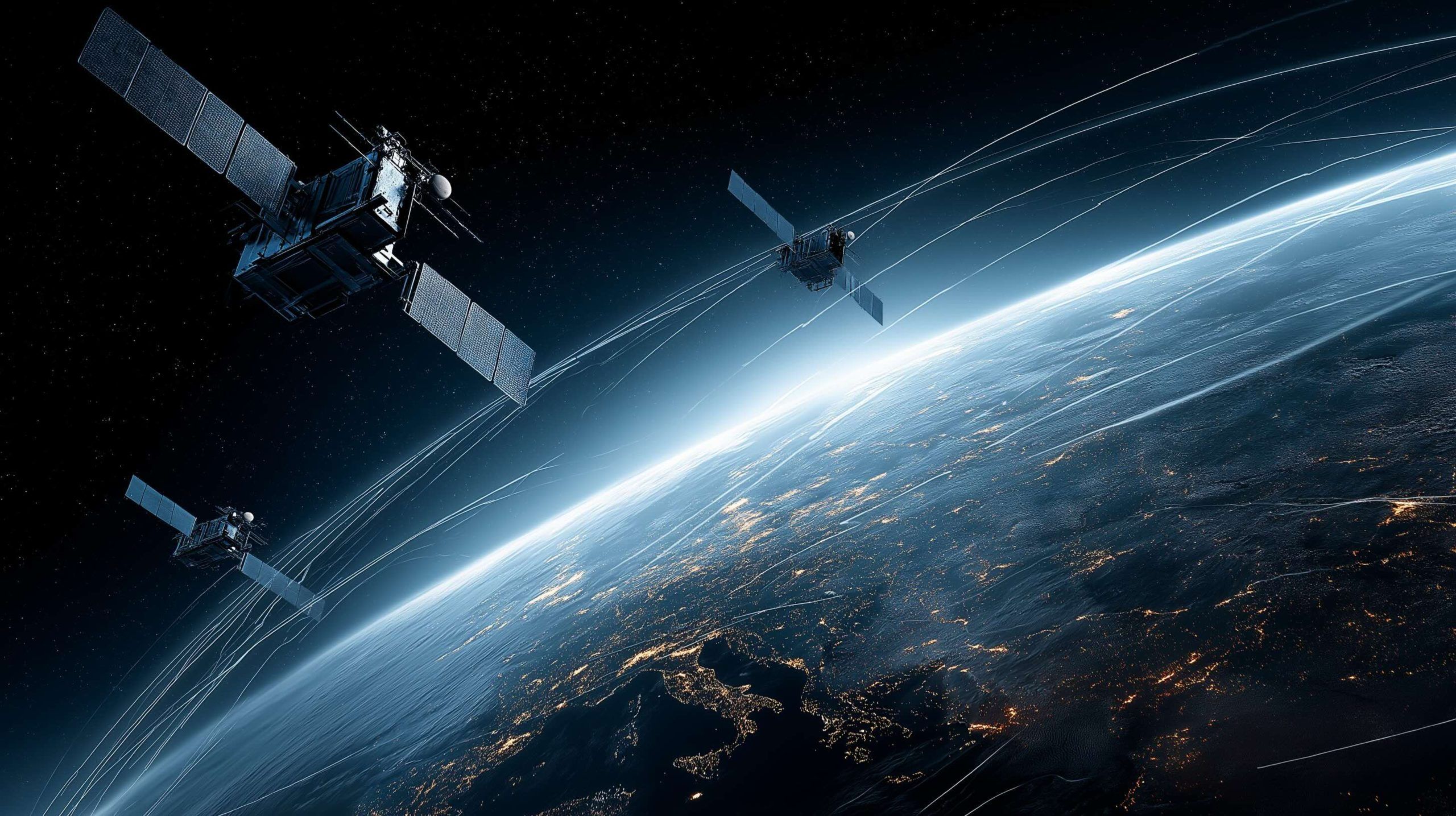
From Space Shuttle to SpaceX Dragon: How a Reusable Capsule Became the ISS’s Lifeline
In 2011, NASA retired the Space Shuttle, leaving the ISS without its primary American supply line. May 2012 marked SpaceX’s Dragon as the first commercial spacecraft to rendezvous and berth with the ISS, delivering about 1,200 pounds of cargo and


